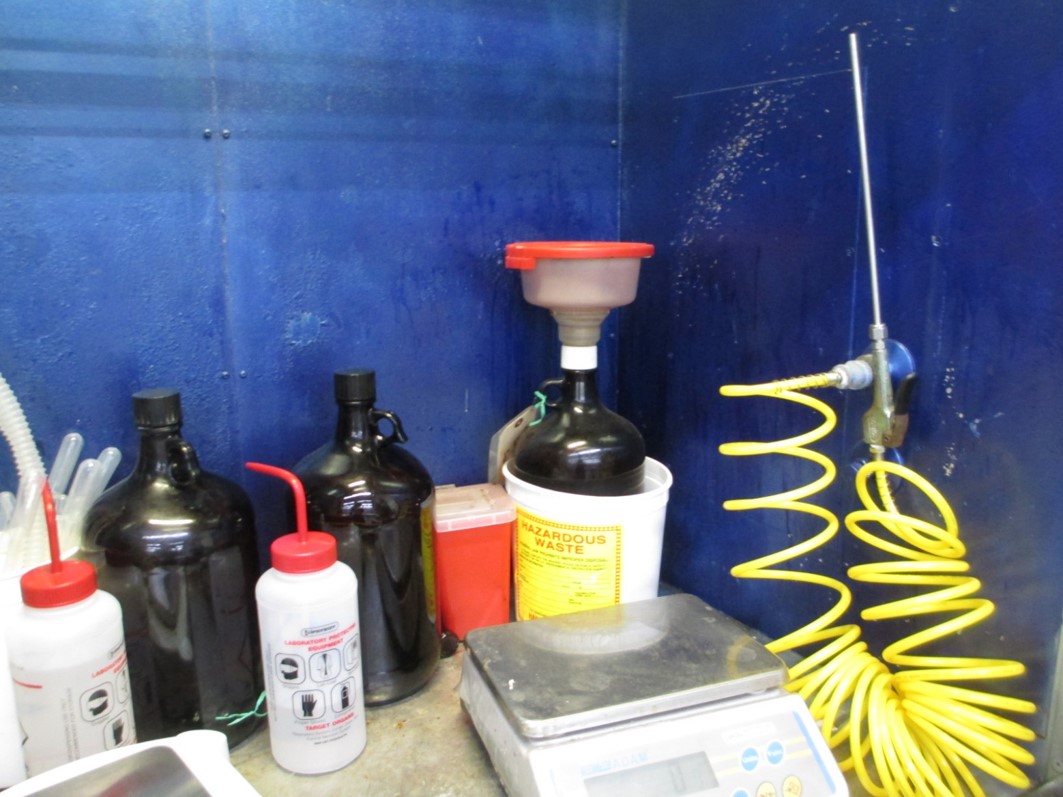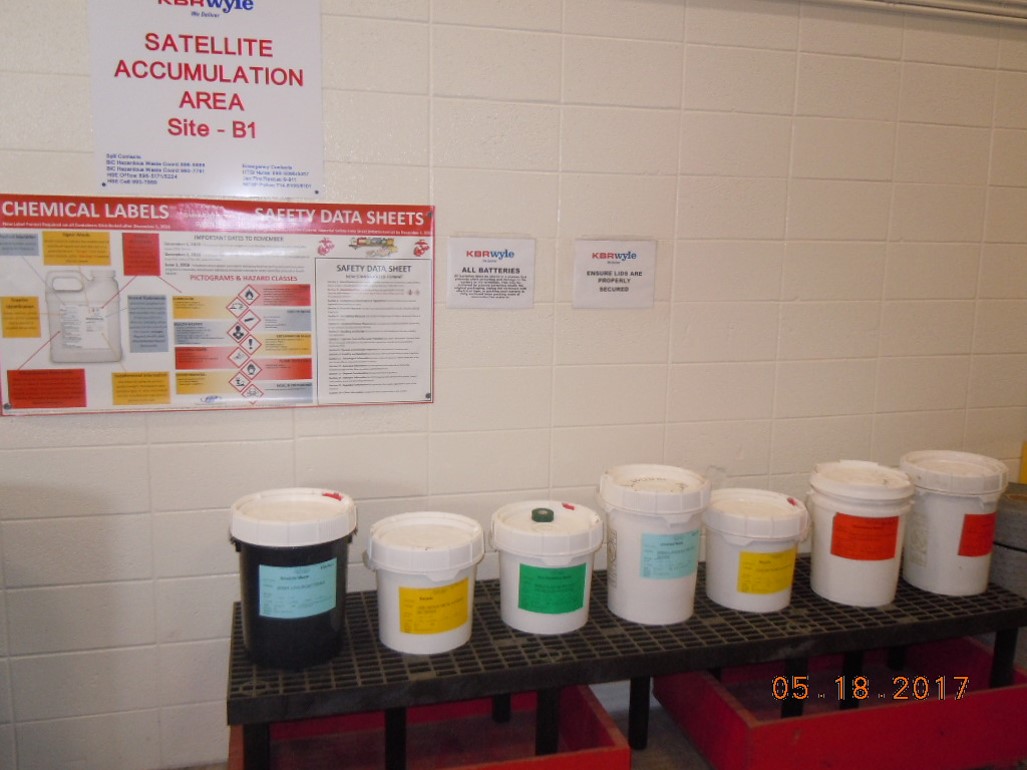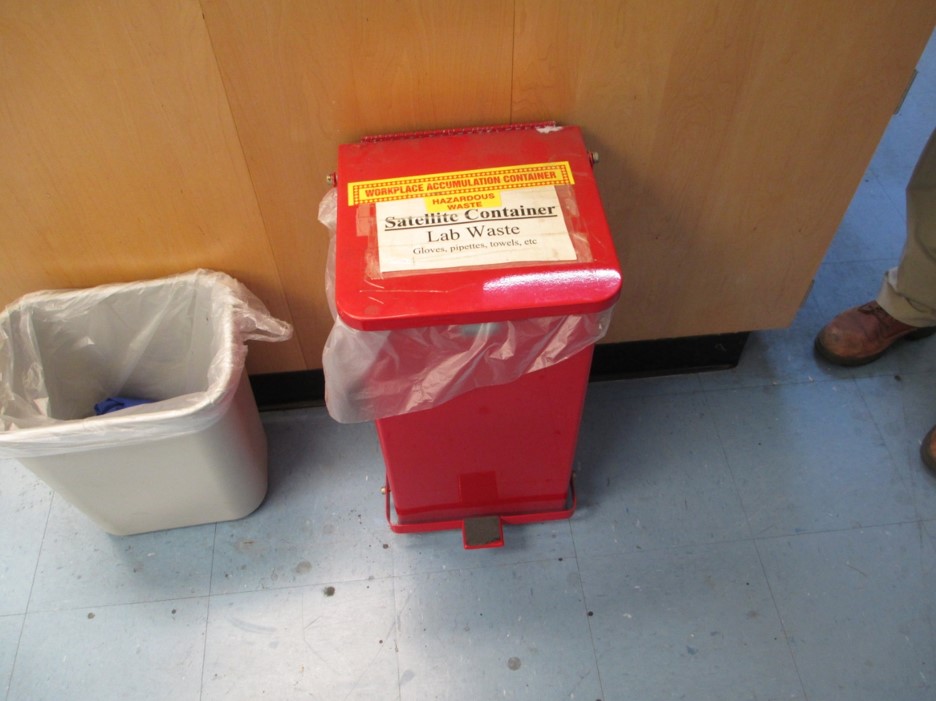Generators that accumulate waste in a satellite accumulation area (SAA) must comply with the regulations of 40 CFR 262.15. This includes maintaining waste below certain volume and/or weight thresholds and then complying with specific requirements when those thresholds are exceeded. Prior to the Generator Improvements Rule the regulations specifying generator requirements after the threshold weight or volume was exceeded in a SAA were not clear; the revised regulations change this.
generator improvements rule

USEPA Modifies the Language for Generator Options When the Maximum Volume or Weight is Exceeded in a Satellite Accumulation Area

USEPA Provides a Maximum Weight for Acute Hazardous Waste Accumulation in a Satellite Accumulation Area
Generators of hazardous waste may accumulate acute hazardous waste and/or non-acute hazardous waste in containers in a satellite accumulation area (SAA). Prior to the Generator Improvements Rule USEPA used separate volume thresholds for these two wastes: one quart or fifty-five gallons, respectively. When the volume threshold is exceeded, the generator must take certain actions within a certain time-frame to continue in compliance with the SAA regulations of 40 CFR 262.15. Revisions of the Generator Improvements Rule added a weight threshold for acute hazardous waste accumulated in a SAA.
The purpose of this article is to explain the regulations at 40 CFR 262.15(a) that provide a maximum weight for the accumulation of acute hazardous waste in a SAA.

USEPA Clarifies “three days” for Removal of Hazardous Waste From Satellite Accumulation Area to Central Accumulation Area
Generators who accumulate hazardous waste in a satellite accumulation area (SAA) are likely familiar with the requirement to remove waste from the SAA to the central accumulation area (CAA) when the threshold volume is reached. A generator may also be aware this must be done within three (3) days. The previous SAA regulations at 40 CFR 262.34(c)(2) vaguely indicated this removal be accomplished, “within three days”. Under the Generator Improvements Rule, the USEPA amended the regulations to replace the term “three days” with “three consecutive calendar days”.
The purpose of this article is to explain the regulations at 40 CFR 262.15(a)(6) that require the removal of excess hazardous waste from a satellite accumulation area within three consecutive calendar days.
Closed Containers in the Satellite Accumulation Area
Prior to the Generator Improvements Rule the regulations for generators accumulating hazardous waste in a satellite accumulation area (SAA) required containers accumulating hazardous waste to be kept closed except when necessary to add or remove waste. Under the new rule, hazardous waste containers in a SAA may remain open under limited circumstances.
The purpose of this article is to explain the regulations at 40 CFR 262.15(a)(4) that allow for limited exceptions to the closed container requirements in a satellite accumulation area. (more…)

Special Requirements for Incompatible Wastes and Materials in Satellite Accumulation Area
When first developing the satellite accumulation area (SAA) regulations in 1984 (hello Knight Rider!) the U.S. Environmental Protection agency (USEPA) inadvertently failed to account for the small quantity generators (SQG) and large quantity generators (LQG) of hazardous waste that might accumulate incompatible waste in a SAA. In the Generator Improvements Rule it fixed this oversight.
The purpose of this article is to explain the regulations of 40 CFR 262.14(a)(3) – created by the Generator Improvements Rule – that now require SQGs and LQGs to comply with special requirements for incompatible wastes accumulated in a satellite accumulation area. (more…)
